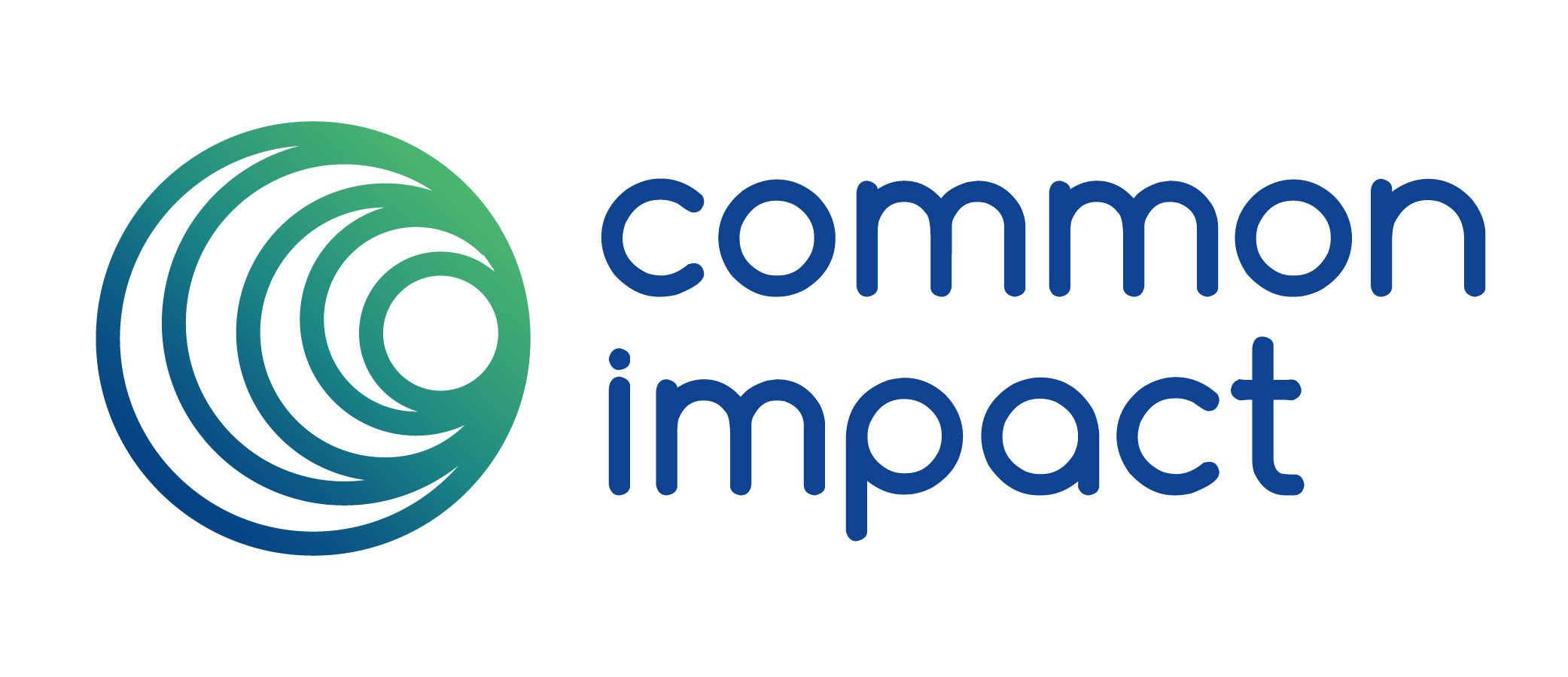2016 Outlook: Business and Purpose

In President Obama's State of the Union address on Tuesday, he called on business to be a force for good through the strong and fair treatment of employees.
"This year I plan to lift up the many businesses who've figured out that doing right by their workers ends up being good for their shareholders, their customers and their communities, so that we can spread those best practices across America."
It was a strong statement recognizing that doing well by doing good is inherently connected to inspiring and mobilizing employees. The idea of double and triple bottom line has moved from concept to practice. Companies are recognizing that in order to remain competitive they need to invest in their workforce with more than just a fair paycheck, but by operating under a corporate mandate that has purpose and meaning outside of money making. They are recognizing that partnering with nonprofit organizations is not an act of charity - it's a way to tap into the expertise they need to maintain and strengthen the communities where their employees live and work. At Common Impact, we have seen this in practice: a true transformation in the way that companies think about their success through the development and engagement of their employees.
This is not to say that all companies, or even most, have figured out how to maximize value, rather than profit, for their shareholders and their community. Short term profits still dominate corporate dashboards over long term value. Still, in 2015, we saw significant strides towards a more holistic way of doing business that, ultimately, has the power to change the metrics of corporate performance.
We expect 2016 to be an even bigger step forward. Here's what we’ll see in the coming year.
Private Sector Collaboration
Companies are moving from surface level information sharing, through associations and affinity groups, to real partnership and collaboration for positive social change. Last month, the Climate Talks in Paris (#COP21) ended with an unprecedented, legally binding, collective call to action to reduce emissions and slow the increase in global temperature. This sort of sweeping agreement will require the private sector - the producer of those emissions - to work together throughout the supply chain towards a cleaner way of doing business. Efforts like Impact 2030 are bring together companies to figure out how to collectively channel their volunteerism efforts to achieve the Sustainable Development Goals. Corporate philanthropic leaders like Nancy Mahon of Estee Lauder are making a call for greater transparency among companies so corporate leaders don't repeat the mistakes of their peers. Companies are now seeing the business case for locking arms with their competitors in addressing the global and social challenges that negatively impact us all.
Investment in Purpose
"Purpose" is having its moment in the spotlight, but the idea that people want to find meaning in their work is not a new phenomenon or trend. It's not unique to the millennial generation. Everyone I've ever met, across all generations, professions and cities, want to know that they're contributing to something bigger than a bottom line. Still, this new attention on purpose and the Millennial generation that's driving the conversation, is progressing the approach that companies are taking to more deeply engage their employees and redefine the tradeoffs between "work" and "life". The rise of Chief Purpose Officers, Directors of Employee "Experience" and entire departments dedicated to flextime programs, indicates a tangible, financial investment in the engagement, morale and well-being of employees. Companies like PricewaterhouseCoopers are moving beyond the rhetoric and standard employee engagement practices and building programs and infrastructure to build a more meaningful and conscious culture.
Nonprofit Leadership and Confidence
CECP's 2015 Giving in Numbers showed us just how significantly companies are increasing their community engagement activities outside of traditional philanthropy. Pro bono and Board service are the fastest growing philanthropic programs at companies. Socially conscious product development and impact investing is on the rise. With these new models of corporate engagement, nonprofits are faced with the challenge of absorbing and channeling the support companies are looking to provide to the community. They are identifying their needs for pro bono support, figuring out whether they can create a strong experience for new Board members and understanding how and when they should advise companies on social innovation and investment. The power dynamic that is pervasive in corporate-nonprofit relationships extends to these new models. Nonprofits often say yes to companies first and figure out how to make a partnership work later. Both companies and nonprofits need to be confident about what they can give and what they need out of these new partnerships in order to truly make progress on the shared goals they tout. Companies have a responsibility to ask for and reward transparency in these conversations, and nonprofits have a responsibility to go in prepared and ready to say no.
There’s a lot more work left to be done to truly move to a new way of doing business that prioritizes value to all stakeholders instead of profit to a small group of shareholders. But over the past few, the foundation has been set for a measurable shift in business as usual, and we’re excited to be a part of it.
What are the ways in which you're seeing companies and nonprofits in your community making a measurable impact? What do you hope to see from the business community in the coming year?

